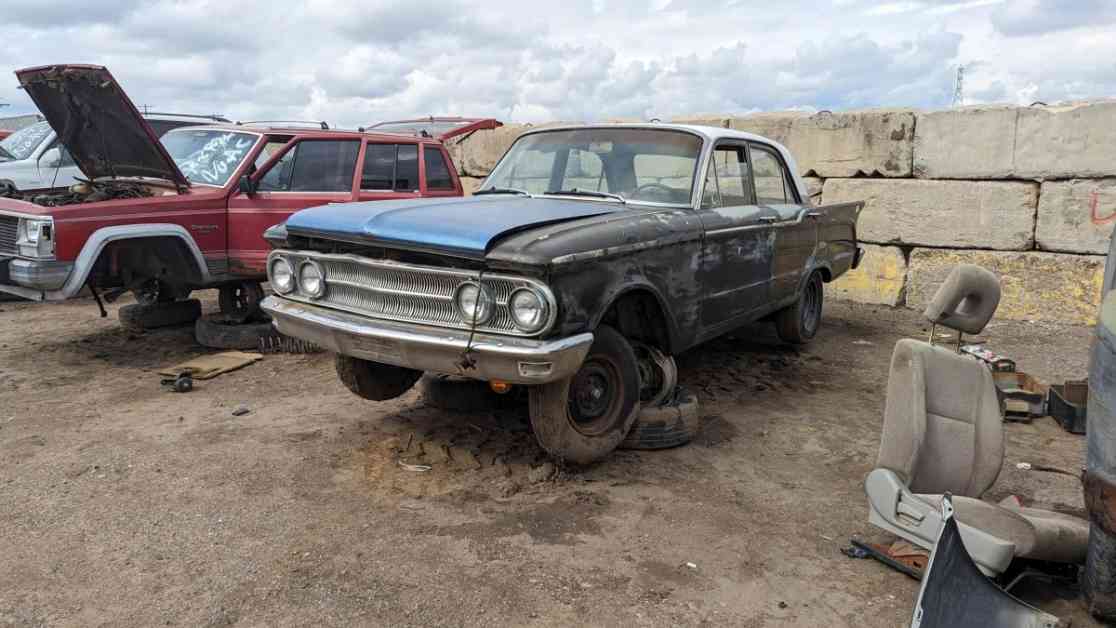In response to competition from smaller car manufacturers such as American Motors, Volkswagen, and Renault, each of the Detroit Big Three automakers developed their own compact car for the 1960 model year. General Motors introduced the Corvair, Chrysler created the Valiant, and Ford’s contribution was the Falcon, which had a Mercury-badged twin called the Comet. This particular Junkyard Gem is a 1960 Mercury Comet found in a self-service yard in Denver, Colorado.
The platform designed for the 1960 Falcon went on to become the basis for various Ford models, including the original Mustang, Econoline, Fairlane, Torino, Ranchero, Maverick, Granada, and all their Mercury and Lincoln counterparts. Production of the 1960 Falcon continued in Argentina until 1991, showcasing the longevity and adaptability of the chassis design.
The 1960 Comet was a more prestigious and well-equipped version of the Falcon, with a slightly higher price tag. The only engine option for the 1960 Falcon/Comet was a 144-cubic-inch straight-six, which was known for its efficiency. The transmission options included a three-on-the-tree manual or an optional two-speed automatic transmission for an additional cost.
Despite its simple design and efficient performance, the 1960 Comet, like many other ordinary Detroit sedans of its time, has little chance of being restored due to the lack of interest from enthusiasts. Even though Mercury dealers sold nearly 120,000 Comets in the 1960 model year, the majority of these vehicles have not been preserved or restored.
The 1960 Mercury Comet is a testament to the era of compact cars in the automotive industry and the competition among major automakers to introduce smaller, more affordable vehicles. While it may not have the same allure as classic muscle cars or luxury vehicles, the 1960 Comet holds a significant place in automotive history as a practical and reliable compact car from the early 1960s.










